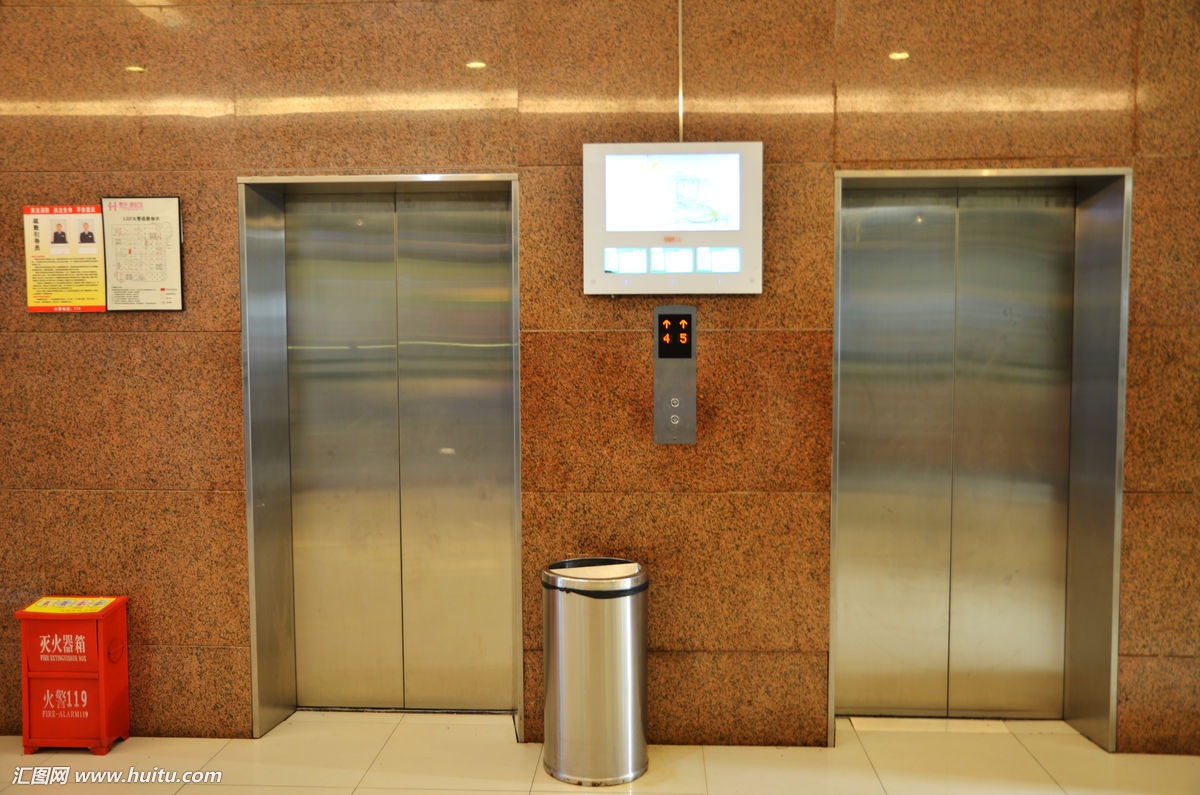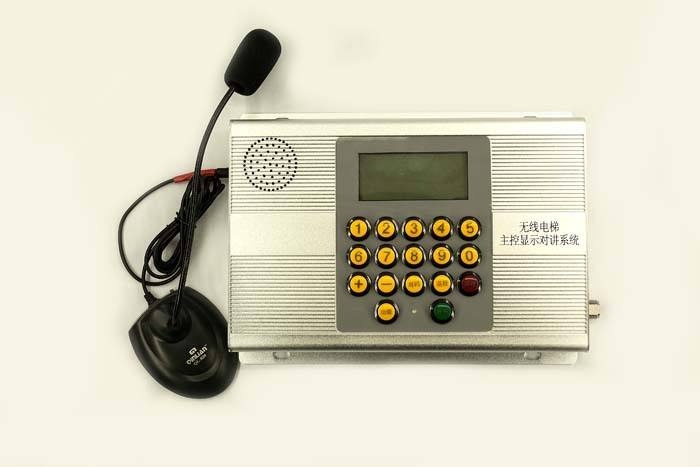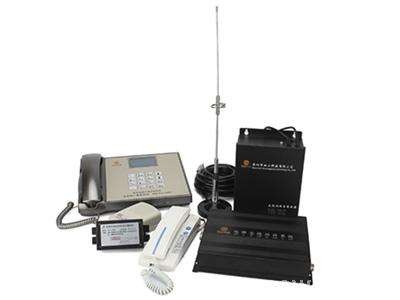

How do you ensure that passengers are always in a safe space?

(1) well closure. Floor doors, access doors and various holes in the wall of the well are equipped with non-porous doors. None of these doors can be opened into the shaft, and the elevators are closed and locked while running. Each door opening has a switch with a safety contact, which is connected in series with the safety loop of the elevator control system, to confirm the closing status of the door. As long as one door is not closed, the elevator will not work. Reliable isolation measures must be taken to ensure that passengers do not have any possibility of entering the shaft where doors or holes need to be opened during maintenance.
(2) door opening and closing. Floor doors are devices that separate or connect the two Spaces of the floor and the cage. There are as many floors as there are floors. It has a smooth and flat surface, narrow peripheral gaps, and has the ability of self-closing. It can apply 300n force in the vertical direction or 150n force in the open direction without losing the sealing function. In general, it only accepts the control of the car door. When the car arrives at the docking station, the door of the car driving floor opens or closes synchronously. At this time, all other floor doors should remain closed. In special cases, only those specially trained to handle the key can open the floor door and the elevator will automatically stop operating.

(3) the opening and closing of the sedan door. Car door is to open or close the car device, but also operation layer door open and close the device. In general, the door can only be opened when the car stops on the floor. Its opening and closing are usually driven by the door opening machine. The door of the car is connected with the door of the floor through a special device and the two move synchronously to open and close the door. In order to prevent passengers from being hurt in the closing process, the maximum closing speed shall not exceed 0.3m/s, the maximum closing force shall not exceed 150n, and the maximum kinetic energy under the average closing speed shall not exceed 10j. The door will automatically reopen when it encounters passengers in the closing process; Do not start the elevator or keep it running until the car door is completely closed. In special cases, when the car stops moving and the mechanical and electrical source of the door is cut off near the floor station, the door of the car and the floor door connected with it can be opened (or partially opened) with a force no more than 300n.
(4) the role of door locks. The door lock is installed on the floor door, which is a device to keep the floor door closed. When locking the door of the floor, a force less than 300n along the opening direction will not reduce the locking efficiency of the door lock, and a force less than 1000n will not cause permanent deformation of the locking element. Door locks are dust - proof, vibration - resistant and easy to check. Under normal circumstances, the door lock can only be opened by the car door. In special cases, it can be opened by a special person with a key. In addition to the mechanical device, the door lock also has an electrical device, namely the safety contact that keeps synchronously closed or opened with the floor door, which is responsible for providing the control cabinet with the information whether the floor door is closed or not. The door has the same set of safety contacts. These safety contacts are in series with many safety contacts of other important parts in the safety circuit. As long as there is a group of safety contacts that are not closed, the elevator will not be able to operate with electricity.
By doing so, the elevator ensures that passengers stay either on the floor or in the car, never entering the shaft. How to ensure that passengers are always subjected to plus (minus) speed in a safe range?
(1) under normal operating conditions. For elevators in normal operation, the maximum speed of starting braking plus (minus) recommended by national standards shall not exceed 1.50m/s2, and its average value shall not exceed 0.48m/s2 (when rated speed is 1.0 ~ 2.0m/s) and 0.65m/s (when rated speed is 2.0 ~ 2.5m/s). It should be noted that this value is not the boundary of safety, but the boundary of comfort. Far from causing any discomfort, such a small rate of increase or decrease makes the lift an "up and down experience".
(2) when safety clamping stops. The elevator's speed limiter works when the car is moving at more than 115 percent of its rated speed. First, it cuts off the power supply of the traction machine with a device that meets the requirements of safety contact and makes it stop rotating. At the same time, the brake action of the traction machine makes the traction machine stop rotating gradually and stay in a static state. If the cage speed is not reduced after the power is cut off, the speed limiter will then pull the cage safety clamp (or heavy safety clamp, or other form of uplock overspeed protection) action, causing the cage - weight balancing system to stop moving. In the whole process of the car from moving to stationary, its average deceleration speed is less than gn.

(3) buffer stop time. The top floor and the bottom floor are the upper and lower end stations that cannot be surpassed by the car. If the car does not stop when it reaches the end station, the end station stop switch will send a signal to slow down the motor. At this time, if the elevator car continues to run, the limit switch will be pushed to cut off the traction mechanical and electrical source, and the brake action of the traction machine will make the elevator slow down and stop. If the descending cage is not stopped at this time, the cage will hit the buffer. Under the condition that the car is equipped with rated load and the speed reaches 115% of the rated speed, the buffer will make the car change from the moving state to the stationary state with the average reduction speed less than gn to achieve soft landing. The car uplink beyond the terminal assembly on the opposite side of the bumper has the same performance.
(4) when the traction machine brake stops. The brake is only opened when the tractor is connected to the power supply. When the traction machine loses power, the brake immediately ACTS and brakes the parts directly connected with the traction wheel. If the speed of the tractor is zero before the brake works, the tractor will remain stationary after the brake works. If the tractor rotates normally before the brake action, the brake will slow down the tractor until it stops rotating with a certain braking force after the brake action. The brake has the ability to stop the tractor when the car is carrying 125% of the rated load and moving downward at the rated speed. In this case, the reduction speed of the car will not exceed gn. In order to improve the working reliability of the brake, all mechanical parts involved in applying braking force to the brake wheel (or disc) are assembled in two parts. If one set of components does not work, the other set still has enough braking force to slow down the cage carrying the rated load at the rated speed.
Through the above measures, no matter in the normal operation of the elevator, or in the case of failure of the safety parts of the cage system to stop, to ensure that the passengers bear the plus (minus) speed remains in a safe range.

Wechat Public Number